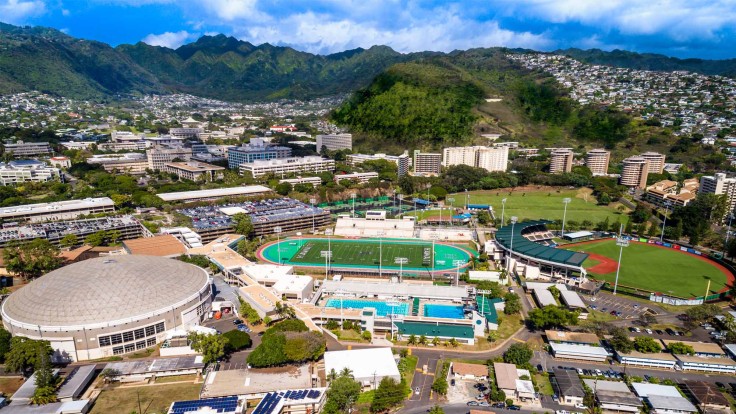
HONOLULU — As the federal government shutdown enters its fourth week, the University of Hawaiʻi system is front-lining the impact on higher education institutions nationwide. With more than 830 employees paid at least partly through federal funds, the university is now covering more than $20 million every two weeks out of its own coffers to keep staff on payroll.
Financial Pressure Builds on Campus
At a recent Board of Regents meeting, President Wendy Hensel stated, "The challenge really is primarily cash flow. The past practice ... has been to reimburse universities at the end of shutdown for any prepaid federal salary. In this case ... reimbursement is not guaranteed." She added that the system has been able to meet payroll for now but warned that costs would rise substantially if the shutdown continues past the end of October.
For Hawaiʻi, the burden is immediate and heavy: each two-week pay period for federally supported staff now comes from university reserves, threatening cuts to academic programming and broader operations if the funding lapse persists.
Nationwide Impacts on Higher Ed
The Hawaiʻi system is not alone. According to Inside Higher Ed, institutions across the country are responding to the shutdown with dramatic mitigation tactics. The article reports that the shutdown has entered its fourth week, and universities such as Georgia Institute of Technology are beginning to cut expenses and freeze hiring to preserve cash.
"The longer it goes on, the more impacts you start to see," said Tobin Smith, senior vice-president for government relations at the Association of American Universities. Meanwhile, concerns range from deferred student work opportunities and stalled grants to uncertainty for researchers and administrators awaiting federal guidance. In some cases, programs that rely on federal awards have paused operations or delayed equipment purchases.
What's at Stake
- Payroll and cash flow risk: Universities like Hawaiʻi face mounting financial pressure as they front pay for federally funded workers without assurance of reimbursement.
- Research and grants disruptions: Agencies such as the National Institutes of Health and National Science Foundation are less responsive during the shutdown, hampering new awards and approvals.
- Student and workforce impacts: Some colleges report delayed student aid, frozen work-study roles and disrupted training programs, which affect enrollment decisions and retention.
Looking Ahead
For Hawaiʻi and institutions nationwide, the question is not if the shutdown ends — but when. The longer it lingers, the deeper the budgetary scars may run. In Hawaiʻi, President Hensel will update the Board of Regents again on November 20, as the university continues to assess how long it can operate under these extraordinary strains.
Universities are watching closely. What's unfolding in Hawaiʻi could offer an early look at broader consequences for campuses across the country: deferred capital plans, tightened spending, and an undeniable spotlight on how federal budgets ripple into academia.
© 2025 University Herald, All rights reserved. Do not reproduce without permission.








